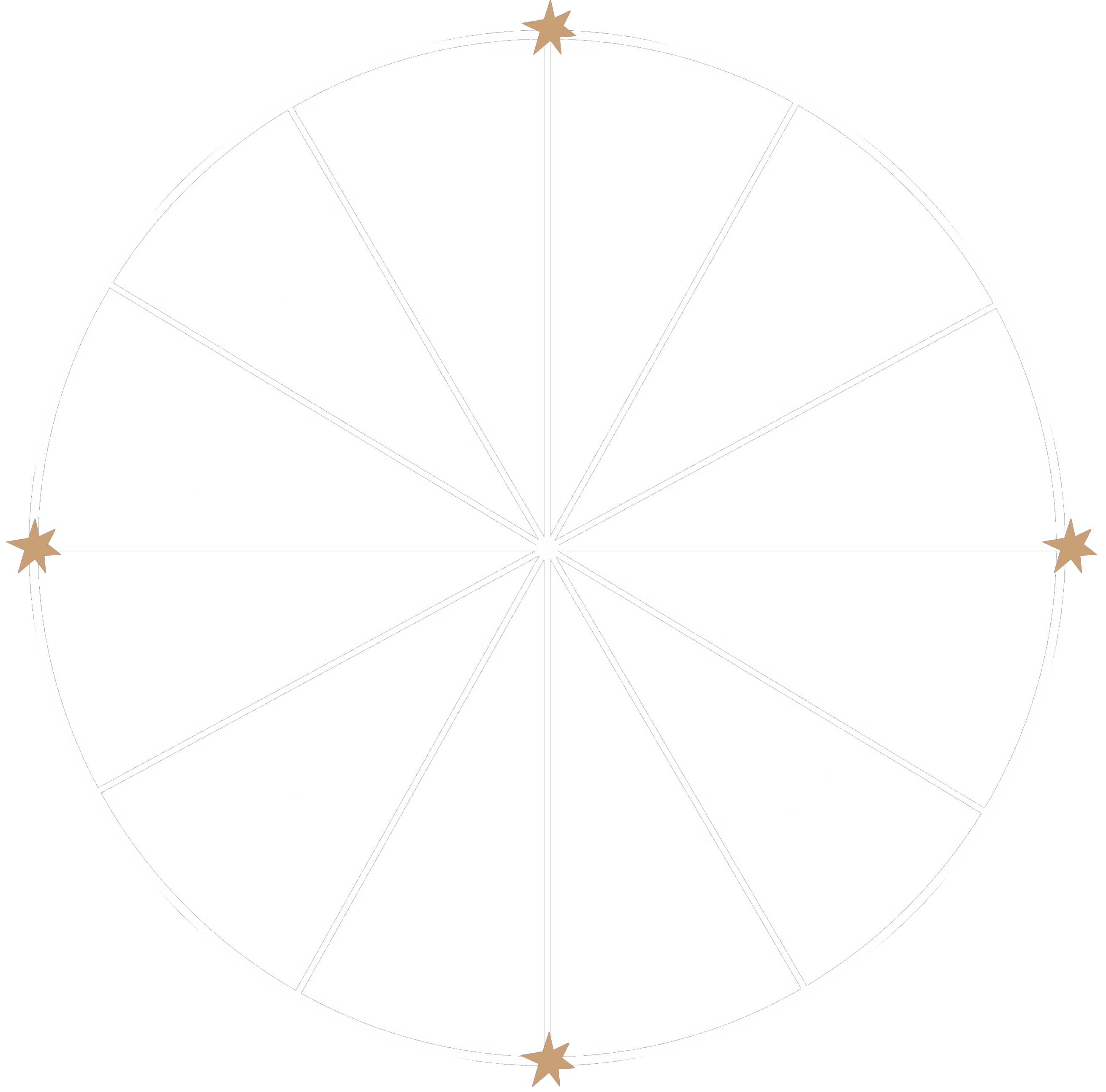What is Astrology?
Astrology is the study of the movements of the objects in the heavens, and how they impact our lives. Our solar system has the sun at it’s center, with planets orbiting it. The earth orbits the sun like other planets while the moon orbits the earth.
We are used to seeing the solar system as a whole unit when we look at charts. But astrology looks at the planets from a particular spot on Earth, which makes the view much closer to the (soundless, like space) video on the right.
The most basic way to learn about astrology is to study your natal chart. A natal chart marks the placement of the planets at the moment of your birth, from your place of birth. A chart is made of two wheels that move independently of one another. The first represents the signs, which are based on the movement of the earth as it moves through space, revolving around the sun. The second represents the houses, which are based on the rotation of the Earth on its axis, and this measurement changes much more quickly. The houses are mostly determined by your time of birth while the signs are mostly determined by your date of birth.


The first wheel marks signs, which are slices holding 30 degrees of the circle.
The signs are named after constellations that were originally located in those slices. They have moved over time, and that's ok. When we label planets to put the on a chart, we use the sign and the degree. Sun 20°Scorpio means that the placement is 2/3 of the way through the sign of Scorpio.
If you are learning astrology, it’s possible you’ve not heard any astrology terms except for these signs, but you will recognize them: Aries (analyzing), Taurus (possessing), Gemini (communicating), Cancer (feeling), Leo (creating), Virgo (analyzing), Libra (relating), Scorpio (transforming), Sagittarius (idealizing), Capricorn (achieving), Aquarius (networking) and Pisces (intuiting).
The sky is also split into 12 houses, which move independently from the signs. Each house represents a certain area of our life. The signs that fill your houses determine the flavor of that part of your life.
Houses are determined by the time of birth, and determine the “angles” as well, which are the ascendant, nadir, descendant and midheaven. These are marked at right with stars. At the start of the first house is the Ascendant. This represents your outward personality, and charts are generally lined up to mark the ascendant at the 9:00 placement, if it were a clock. The nadir, at 6:00, represents your foundations, and the descendant, at 3:00, represents your ideal partner. Lastly, your midheaven, located at 12:00, represents your career.
1st: Self | 2nd: Possessions | 3rd: Mind
| 4th: Family | 5th: Creativity
6th: Daily affairs and Health |
7th: Relationships | 8th: Intimacy
9th: Learned Beliefs
| 10th: Career | 11th: Groups | 12th: Subconscious


In astrology, “planets” means all traditional planets as well as the sun and moon. A chart marks the position of each of these planets, and each represents a different area of your life. Sun represents your whole self, while moon is your emotional life. Venus represents love and soft emotions, while Mars is your passion. Saturn is hard work and limitations. Neptune represents expansion, and Uranus encompasses rebellion, while Pluto is all about transformational energy.
When you are looking at your natal chart, you'll want to note the placement of each of the planets, with Sun and Moon generally holding a bit more weight than the rest. Note the sign and house of each planet. Also note any colored lines shooting across the circle from planets. These are aspects, geometric relationships between planets that are very important as well. The green lines indicate an easy flow of energy between the planets, and a red line indicates a trickier, but important energy. It ties the planets together in a way that requires action on your part. It feels like an itch you have to scratch, but these things often push us forward into our best selves. Also note the North and South Node. Then, step into the "Learning" section of this site!
After you learn to read a natal chart, there are many other chart types to explore. We enjoy synastry charts, which compare two people to each other, and transit charts, which describe the energy of a particular moment in time, and compare it to your own natal chart. Lots of information can be found in these charts.
Of course, you can purchase an interpretation of your chart below. Our astrologer will personally examine your chart and describe all the parts above, with great detail. She'll also look for anything that stands out about your chart, and give you several lists of actionable items to improve your life.


Order a Custom Chart
A custom natal report can go a long way towards helping you understand yourself. They are about 50 pages long, and packed full of information about you!
You can check out a sample report at the right, or order your own by clicking here!
We also have other reports available, like synastry reports or parenting assist reports, meant to help you have a deeper understanding of your children.
